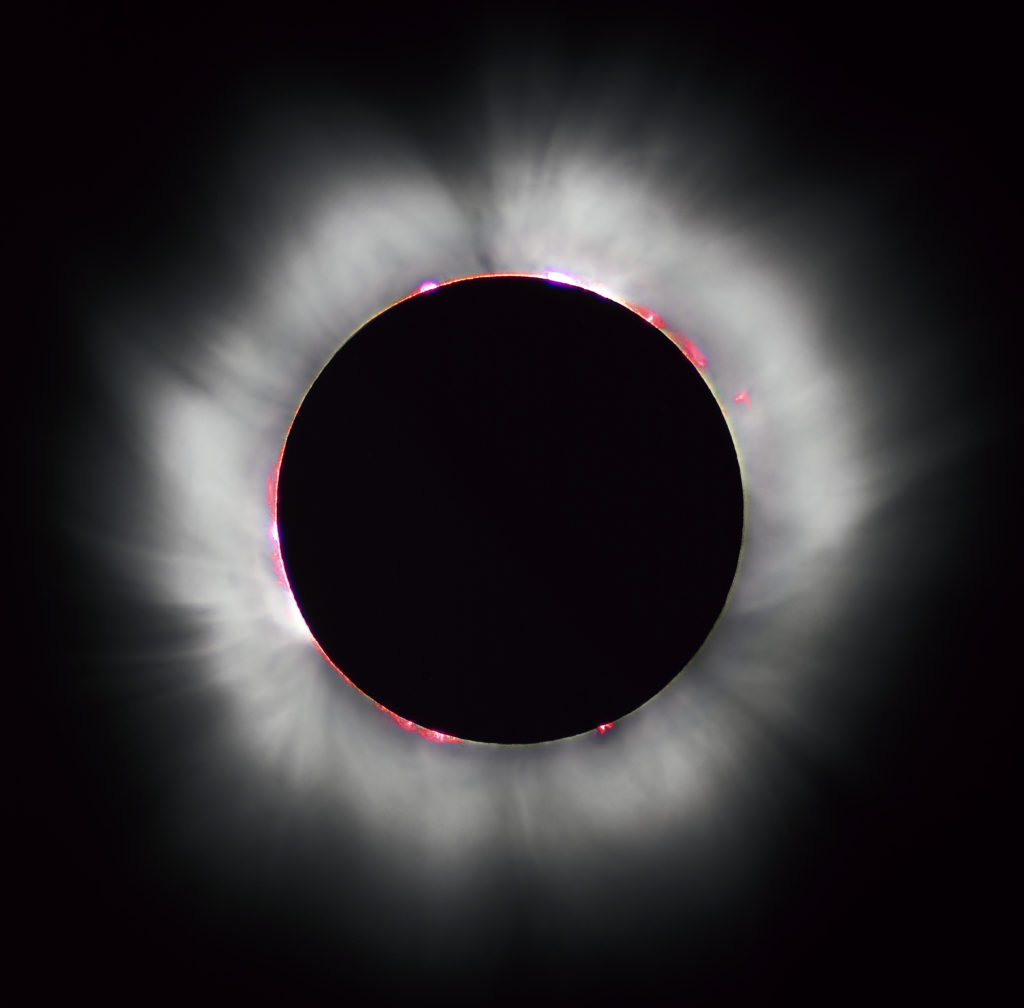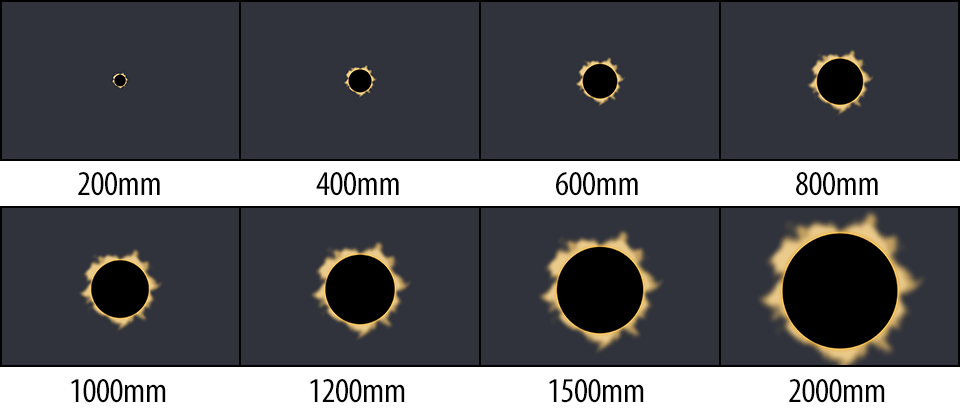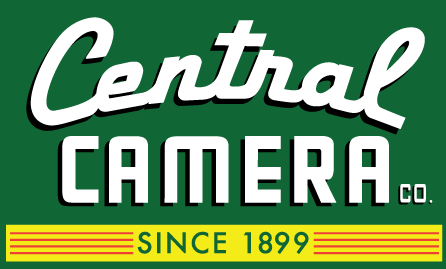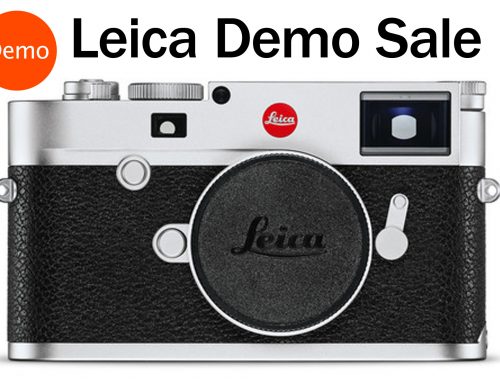 First, the bad news: Central Camera is sold out of solar eclipse filters, and won’t have more prior to the eclipse on Monday, August 21, 2017.
First, the bad news: Central Camera is sold out of solar eclipse filters, and won’t have more prior to the eclipse on Monday, August 21, 2017.
In Chicago, weather permitting, the eclipse will be visible starting at 11:54 am. At 1:19 pm, the moon will block 87% of the sun.
Now, the good news: there are many ways to enjoy the eclipse without pointing a camera directly at the sun. Chicago’s Adler Planetarium is hosting a free eclipse block party featuring eclipse activities.
Due to the recent Amazon recall, there’s been confusion about the safety of solar eclipse glasses and filters. If you purchased a Marumi Solar Eclipse Filter from Central Camera, we can confidently assure you that Marumi Solar Eclipse Filters are on the American Astronomical Society list of Reputable Vendors of Solar Filters & Viewers, and are safe for photographing the solar eclipse. Please use solar filters according to these cautions on the label:
- Do not look directly or indirectly at the sun without appropriate eye protection, or for extended periods – even during a solar eclipse.
- Do not expose any lens to the sun without an appropriate filter as this could cause damage to your camera sensor.
- Install the Solar Eclipse Filter in front of the camera lens or telescope lens.
- The Marumi Solar Eclipse Filter is for use only with cameras and telescopes – it is not suitable as eye protection.
- Do not use the optical viewfinder on your device, use the electronic viewfinder/live view.
- Marumi Solar Eclipse Filters are not eclipse viewing glasses, they are designed for use on a camera lens only.
Nikon provides an additional caution about viewing and photographing the eclipse:
“Even if 99% of the sun is covered by the moon, the remaining 1% crescent is dangerous to view with the naked eye and can cause serious eye damage or blindness.”
Non-solar neutral desity (ND) filters will reduce visible light passing through the lens of the camera. However, they may not effectively reduce the amount of invisible UV and IR light reaching the camera and your eyes if looking through the viewfinder. Use ND filters with caution: they may damage your camera and/or your eyesight!
NASA‘s Eclipse 2017 website will be following the eclipse in real time, and provides these safety guidelines:
- Always use a safe solar filter to view the sun directly.
- Inspect your solar filter before use; if scratched or damaged, discard it.
- Supervise children using solar filters and viewing glasses.
- Solar filters must be attached to the front of any telescope, binoculars, camera lens, or other optics.
- Do not look at the uneclipsed or partially eclipsed sun through an unfiltered camera, telescope, binoculars, or other optical device.
- Do not look at the sun through a camera or any other optical device while using your eclipse glasses: concentrated solar rays will damage the filter and enter your eye(s), causing serious injury.
This guide by Photography Life covers photographing the eclipse, and includes gear considerations and camera settings. You’ll need a long lens to capture the sun as anything more than a small speck in the sky!

For camera settings quick reference, check out this solar eclipse exposure guide.
An article in the Atlantic asks a good question: should you even attempt to photograph the eclipse?
“Eclipse chasers are mixed on this, and many say eclipse novices shouldn’t bother; not only will the photo feel insufficient, it’s not worth missing the show just to put something on Insta. But they almost all agree on one thing: Take photos and videos of your surroundings, even if it’s just on your smartphone. You’ll enjoy having a chronicle of what you and your companions did when the moon’s shadow came barreling toward you at more than 1,600 miles an hour, and how you reacted when the sun disappeared.”
Be safe and enjoy the eclipse!




Recent Comments